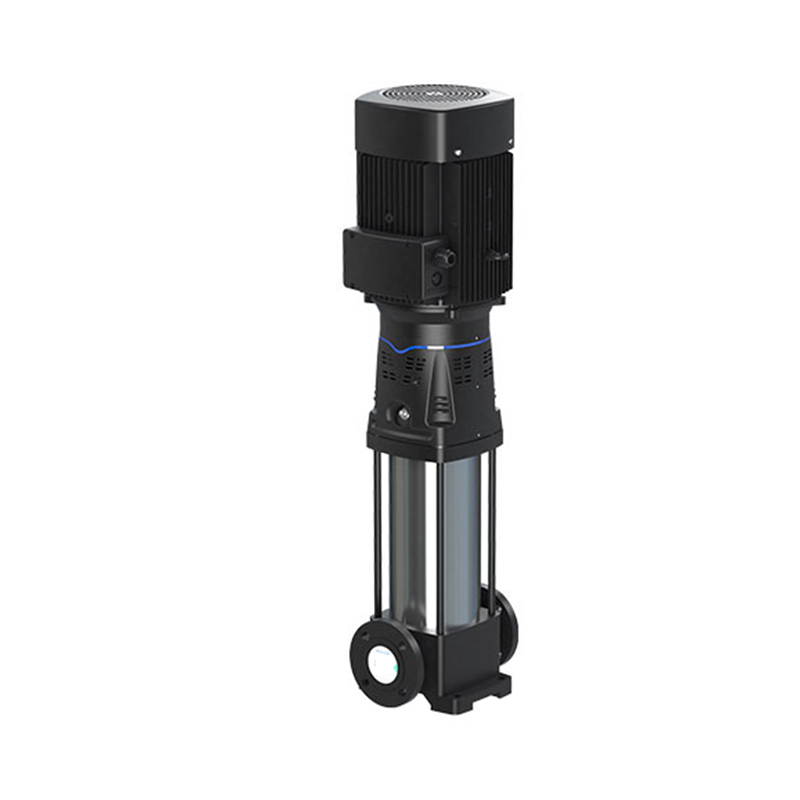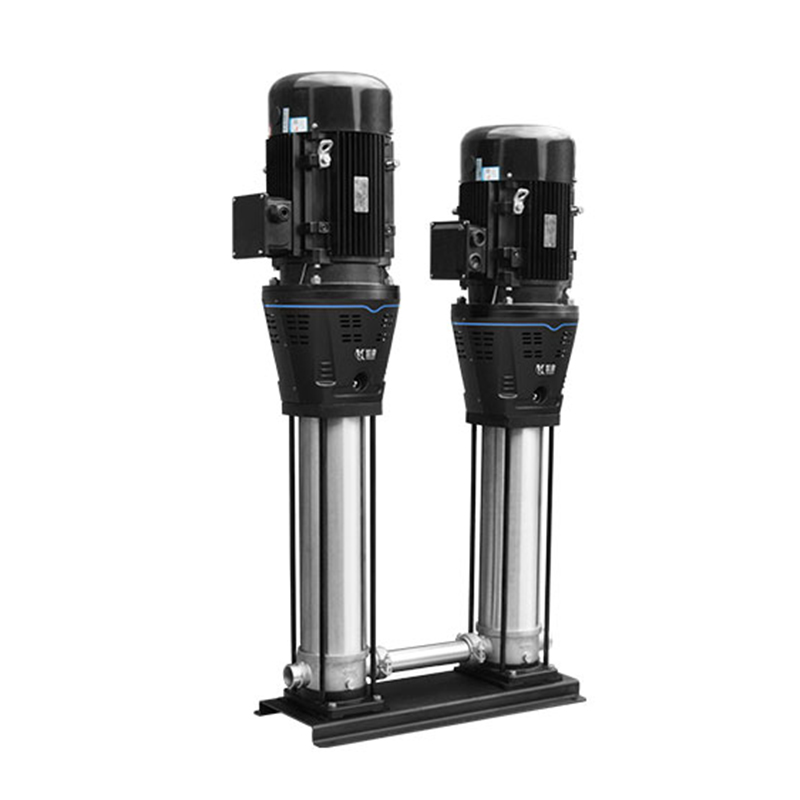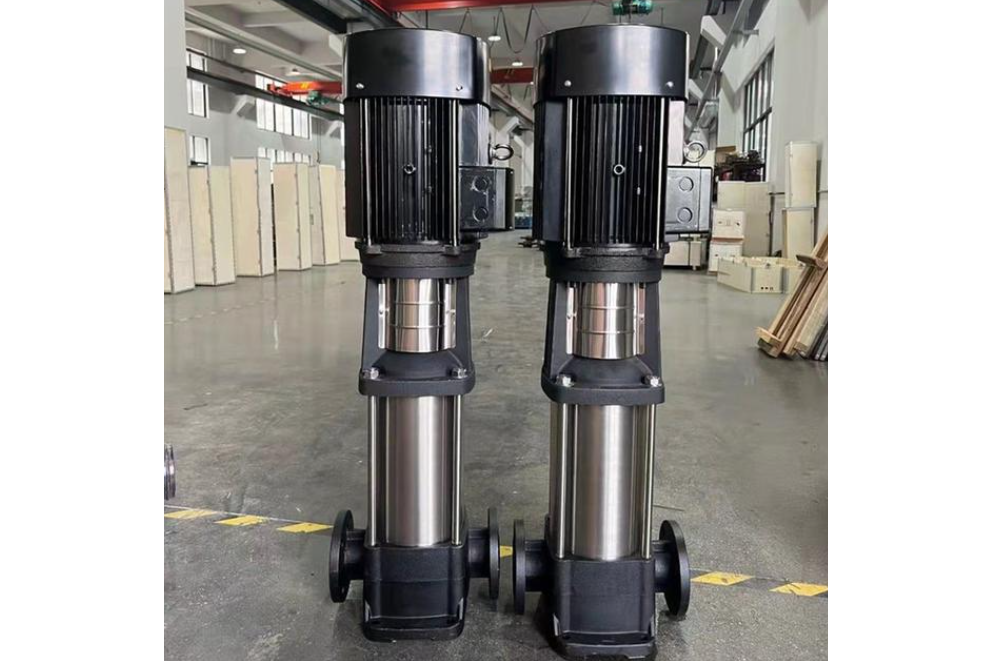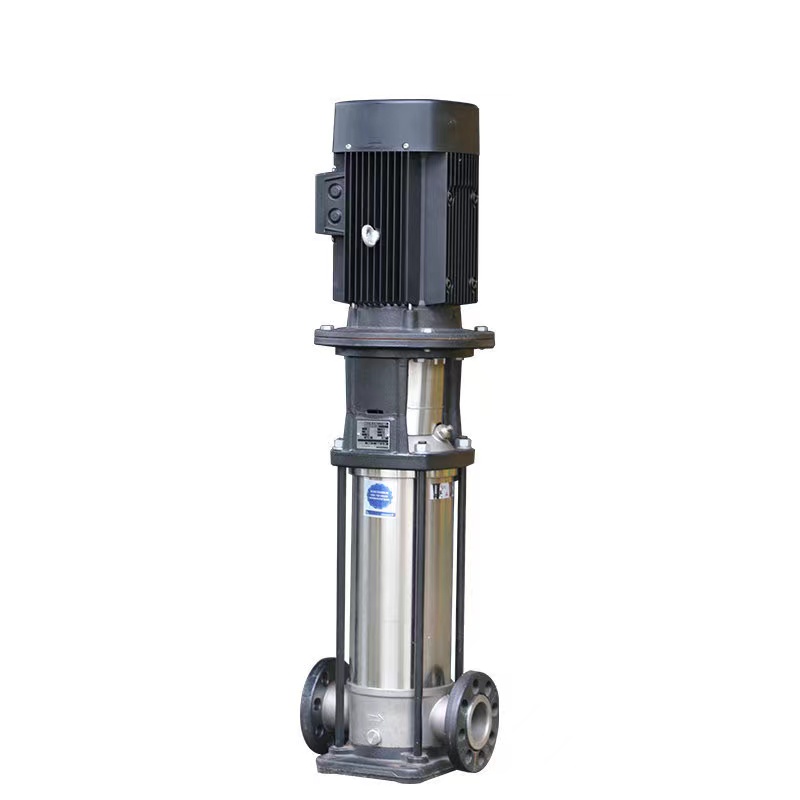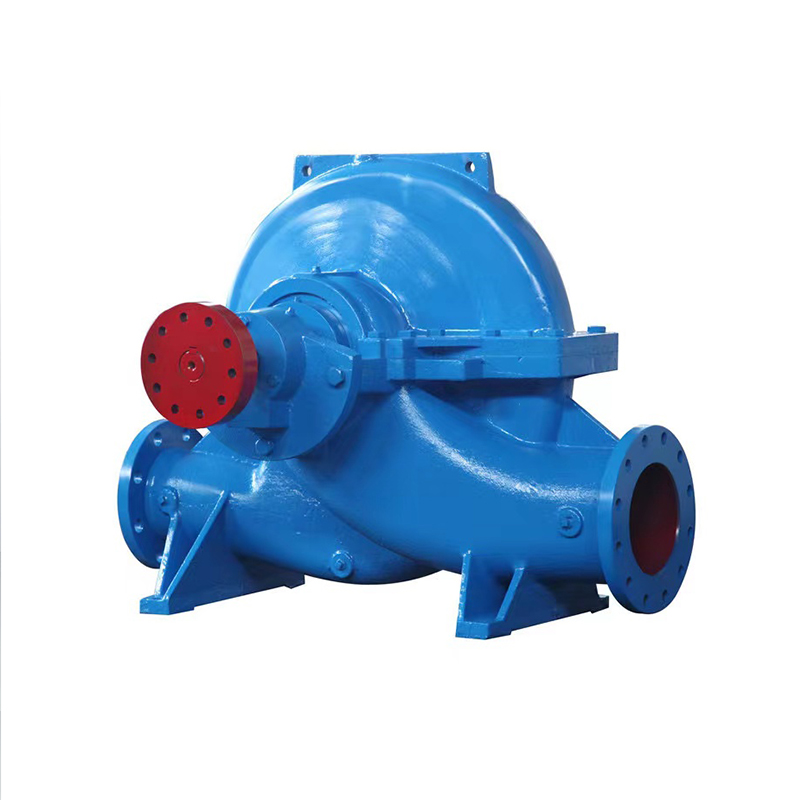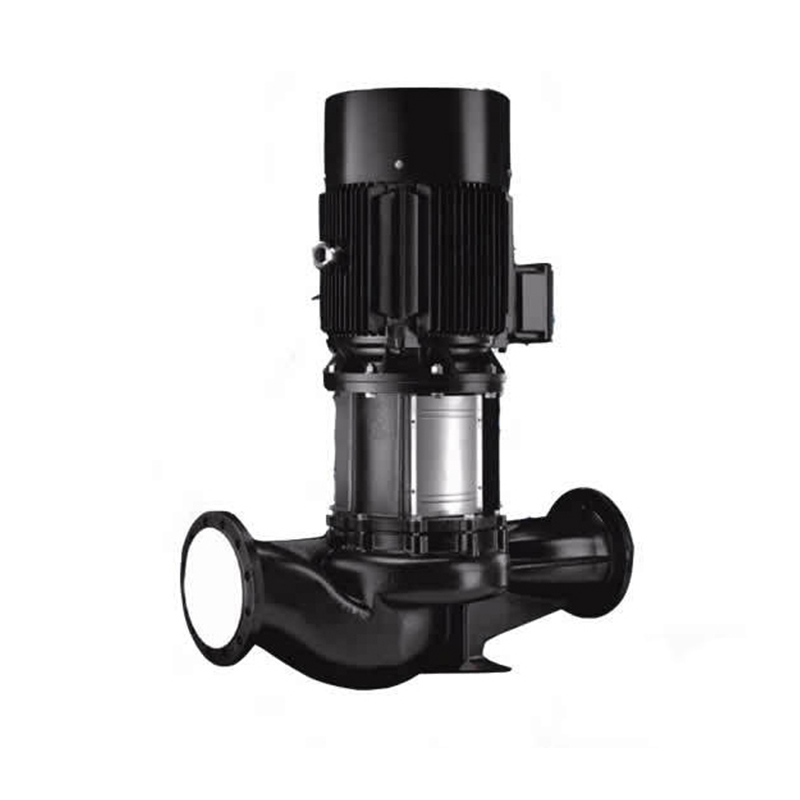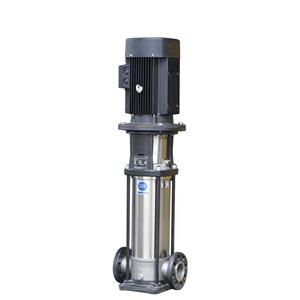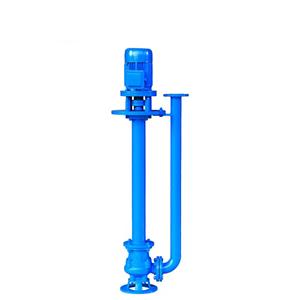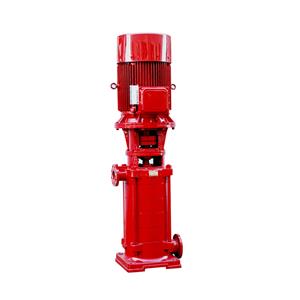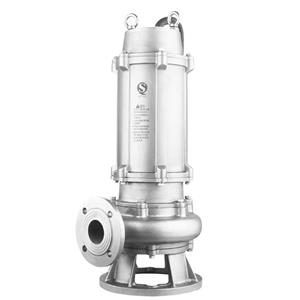Pompe centrifuge multicellulaire verticale

- GAOTIAN
- Shanghai
- 7 à 15 jours
- 2000 ensembles
Les principales applications : En raison de leur hauteur manométrique élevée et de leur structure compacte, ces pompes sont très couramment utilisées dans
• Systèmes d'approvisionnement en eau : surpression des immeubles de grande hauteur, distribution d'eau dans les zones de l'usine de traitement des eaux, surpression des canalisations principales.
• Applications industrielles : Eau d'alimentation de chaudière, systèmes d'eau de procédé, systèmes de nettoyage, lavage haute pression.
• Autres applications : Irrigation, systèmes de traitement de l’eau (par exemple, osmose inverse), système de lutte contre les incendies.
Vertical Multistage Centrifugal Pumps: An Overview
A Vertical Multistage Centrifugal Pump, also known as a CDLF vertical multistage centrifugal pump, is a non-self-priming pump designed by absorbing advanced domestic and international technology. It features a standard vertical motor and a quick-install mechanical seal, making replacement very convenient. The pump's wetted parts are made of stainless steel (304/316), allowing it to handle mildly corrosive media. It can replace foreign counterparts like CR and CRN pumps. Since entering the market, it has been recognized for its high efficiency, energy savings, reliable quality, and wide range of applications.
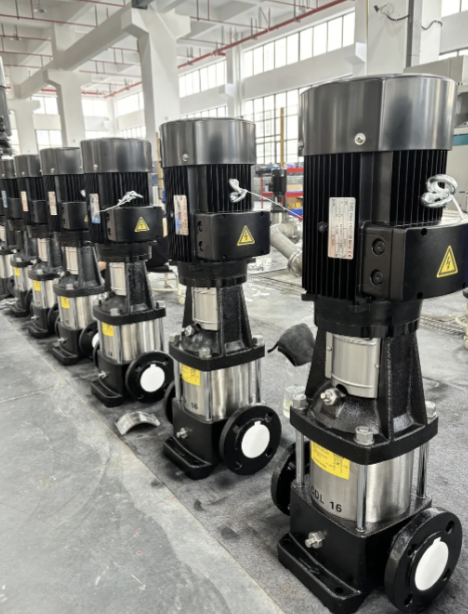
1. Working Principle
The pump operates on the principle of centrifugal force and kinetic energy conversion. When the motor drives the impellers on the shaft to rotate at high speed, the liquid filled in the impellers is thrown from the center towards the periphery due to centrifugal force. The action of the impeller vanes increases both the pressure and velocity of the liquid. The liquid is then guided to the next stage of impeller through the guide casing's flow channel. This process repeats through all successive impellers and guide casings, progressively increasing the liquid's pressure energy. The total discharge head is achieved by effectively adding the head generated by each impeller in series.

2. Design Features
Compact Structure: These pumps are characterized by their compact, streamlined design, small volume, light weight, low noise, significant energy-saving effects, and easy maintenance.
Material: The wetted parts are constructed of stainless steel (304/316), making them suitable for mildly corrosive media.
Sealing: The shaft seal typically employs a mechanical seal made from materials like hard alloy and fluorine rubber, enhancing operational reliability and allowing for the handling of higher temperature media.
Installation: The inlet and outlet are often designed on the same horizontal line (in-line design), allowing for direct installation in the pipeline, similar to a valve.
Motor: Standard vertical motors are used, allowing users to easily configure the motor according to their needs. An intelligent protector can be equipped for effective dry-run, phase-loss, and overload protection.
Axial Force Handling: Advanced designs often cancel the balance drum and use hydraulic balancing to address axial thrust, completely resolving issues like corrosion, seizure, and wear associated with balance drums.
3. Key Applications
Vertical multistage centrifugal pumps are versatile and used in numerous fields:
Water Supply: Water plant filtration and transfer, zonal water delivery, mainline pressure boosting, and high-rise building pressurization.
Industrial Boosting: Process water systems, cleaning systems, high-pressure washing systems, and firefighting systems.
Industrial Liquid Transfer: Cooling and air conditioning systems, boiler feedwater and condensate systems, machine tool support, and transferring acidic/alkaline media.
Water Treatment: Ultrafiltration (UF) systems, reverse osmosis (RO) systems, distillation systems, separator systems, and swimming pool water treatment.
Irrigation: Farmland irrigation, sprinkler irrigation, and drip irrigation.

4. Technical Parameters & Model Explanation
Typical Performance Range:
Flow Rate: 2 - 160 m³/h (up to 504 m³/h mentioned elsewhere)
Head: 24 - 240 m
Power: 1.1 - 90 kW
Speed: 2900 rpm
Temperature Range: -15°C to +120°C
Max. Working Pressure: ≤ 2.5 MPa
Model Interpretation (e.g., 25GDL2-12 * 3-1.1):
25: Inlet/Outlet Diameter (DN25)
2: Flow Rate (2 m³/h)
12: Head per stage (12 meters)
3: Number of stages
1.1: Motor Power (1.1 kW)
Parameter Name
Typical Range
Description
Flow Rate
5 ~ 504 m³/h
The volume of liquid delivered by the pump per unit time, covering a wide range.
Head
20 ~ 250 m
The energy imparted to a unit weight of liquid by the pump; can reach up to several hundred meters.
Power
1.5 ~ 450 kW
Shaft power refers to the power received by the pump shaft; motor power needs to be higher.
Speed
1450 ~ 2950 r/min
Standard speeds for two-pole or four-pole motors.
Inlet/Outlet Diameter
Φ40 ~ Φ250 mm
Nominal diameter of the pump's inlet and outlet.
Medium Temperature
-15℃ ~ +120℃ (DLR type up to 150℃)
Standard type suitable for normal temperature; high-temperature type requires special seals and materials.
Working Pressure
≤ 2.5 MPa
The maximum system pressure that the pump body can withstand.

- 5. Installation and Maintenance ConsiderationsFoundation: The pump can be installed either rigidly directly on a concrete foundation or flexibly using vibration dampers (JGD type).
Piping: Suction and discharge pipelines should have their own supports. The pump's flanges must not bear the excessive weight of the piping.
Suction Side: For installations with a suction lift (negative pressure), a foot valve should be installed at the inlet pipe end. The inlet pipeline should have minimal bends and must be completely airtight to prevent leaks.
Filtration: A strainer or filter should be installed on the inlet pipeline to prevent impurities from entering the impeller. The effective area of the filter screen should be 3-4 times the cross-sectional area of the inlet pipe.
Instruments: For easy maintenance and safe operation, installing a regulating valve on both the inlet and outlet pipelines, and a pressure gauge near the outlet is recommended. For high-head applications, a check valve before the outlet gate valve is crucial to prevent water hammer during power failure.
Maintenance:
Regularly check the mechanical seal.
Ensure the inlet pipeline remains tightly sealed without air leaks.
Avoid prolonged operation under cavitation or severe overload conditions.
Bearings should be lubricated every 500 hours of operation.
After long-term operation, worn parts such as bearings and impellers should be inspected and replaced if necessary.
In summary, the vertical multistage centrifugal pump is a highly efficient and reliable piece of equipment with a compact design, suitable for a wide range of applications requiring medium to high pressure liquid transfer.

